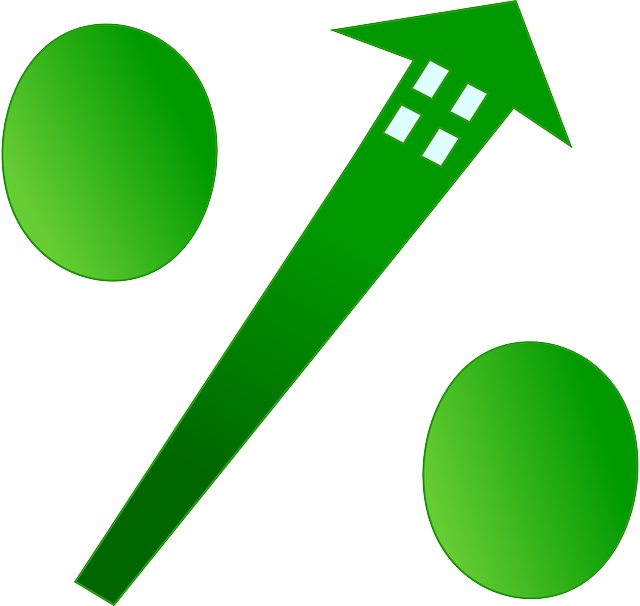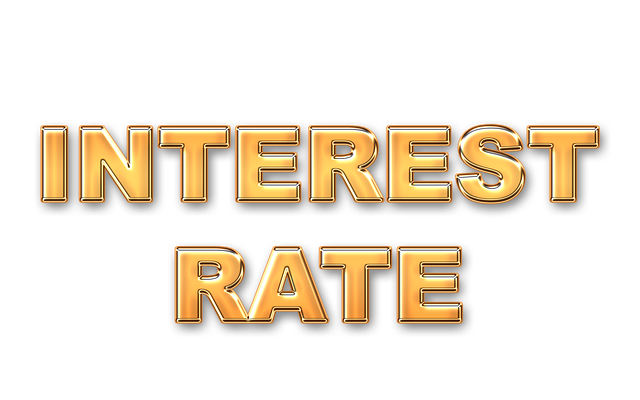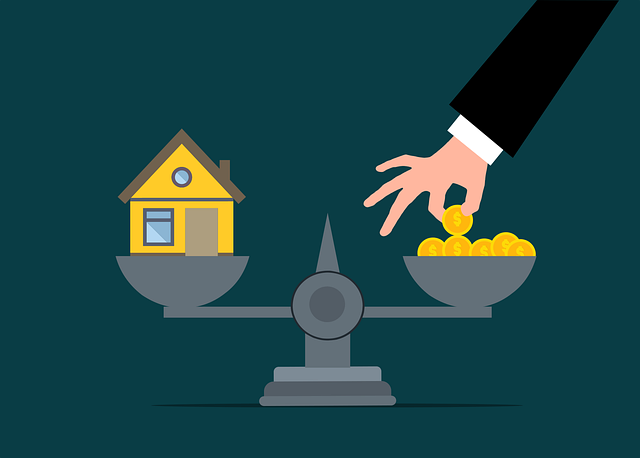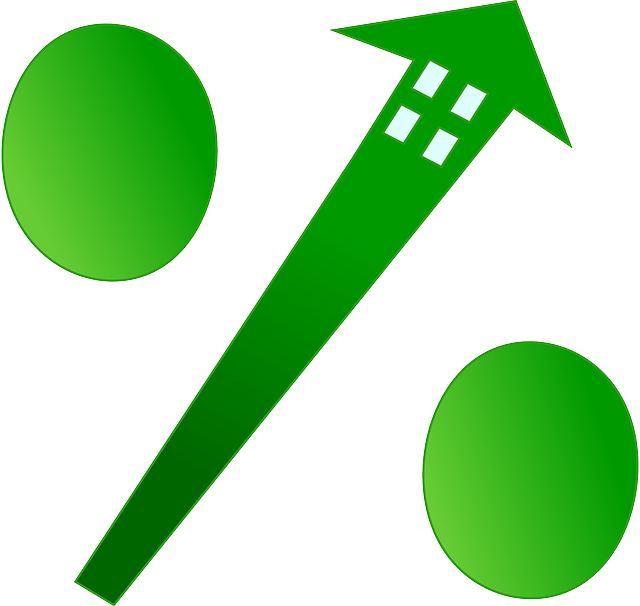| 5-Year ARM | 5.25% Rate | 5.917% APR | 0.950 Points |
|---|
These rates assume you have a FICO® Score of 740+ and at least 25% equity, that the loan is for a single-family home as your primary residence and that you will purchase up to one mortgage discount point in exchange for a lower interest rate. Connect with a mortgage loan officer to learn more about mortgage points
What is a 5/1 ARM mortgage?
ARM5 1/1 is often used with slang and industry terminology. However, these loans are very simple to understand. ARM is pronounced “arm” which means adjusted rate mortgages. The mortgage rate is adjustable according to other loan terms and is the opposite of the mortgage that has fixed-rate interest rates. Most ARMs today are hybrid. Instead, the rates are fixed for the first year. The rates were hardly going up until the first fixed-rate period.
A 5/1 ARM, also known as a 5-year adjustable-rate mortgage, is a type of mortgage loan that combines elements of both fixed-rate and adjustable-rate mortgages. It begins with a fixed rate for the first five years, providing borrowers with the stability of predictable monthly payments during this initial fixed rate period. After the initial fixed period ends, the interest rate adjusts annually based on a predetermined index, typically the Secured Overnight Financing Rate (SOFR) or another specified financial index. This adjustment can lead to changes in the monthly payment amount, either increasing or decreasing depending on the prevailing interest rates. 5/1 ARM mortgages offer flexibility to borrowers who may benefit from lower initial interest rates and anticipate changes in their financial situation over the next few years. Mortgage lenders often offer 5/1 ARM loans to provide borrowers with an alternative to traditional fixed-rate mortgages, enabling them to take advantage of potentially lower interest rates during the adjustable period. Many FHA borrowers are seeking lower interest rates. This increase demand for 5/1 ARM FHA Loan Programs are due to fixed rates being higher than most clients want to pay and it allows the homebuyer to qualify for a larger loan amount.
Many consumers have no idea what’s a 5 1 ARM or a 5/1 ARM meaning. Clearly this isn’t a fixed rate loan although the loan rate will remain the same for the first 5 years. So, the 5/1 ARM loan meaning has two components which are that the first five years the rate remains the same, but each year for the remainder of the loan it will adjust until paid in full or refinanced.

Adjustable rate loans: A general synopsis
ARM mortgages are a kind of mortgage that have separate periods for the rate of repayment—one fixed and one variable. So the hybrid is quite the opposite. Generally, a fixed term period of five to 10 years will follow a longer term when the rate adjusts according to the loan agreement. A 5-, 7- or 10-year ARM is thus not to be confused with a five or seven-year mortgage; initial numbers do NOT indicate how long the rates remain fixed until the transition to a flexible-rate period.
5/1 ARM Rates | See Today’s 5-Year Adjustable Mortgage Rates
Adjustable mortgage rates generally are lower than fixed mortgage rates. However some market conditions may result in ARM rates rising over fixed rates. So take a closer look at your loan and decide what will be your best deal. Keep in mind that the caps adjust differently on an FHA loan than a conventional loan. Likewise for a USDA Loan.
ARM interest rate adjustments
5/1ARM means that the ARM’s loan rate has a 5-year fixed interest rate or introductory period. A 7/1ARM also carries fixed rates for 7 years, whereas a 10-/1ARM is fixed for 10 years. Some smaller versions exist including 1/1 or 3/1 versions of ARMs and are more uncommon. The /1 signifies a rate adjustment for the loan. If you do so your mortgage rate rises or falls once a year. Depending upon where the market trends are, the rates of 5/1 and ARM are changed annually. If rates rise indefinitely you can never have them rise indefinitely.

Monthly payments that may change periodically
Adjustable-rate mortgages (ARM or fixed rate mortgages) are loans with variable-rate interest rates; these rates vary according to the changes to the associated monetary index of the loan. In general, you will be paid more for your services as index rates rise or fall. A ARM loan is usually defined by how long an interest rate is fixed and how frequently an interest rate is adjusted after. ARMs for example 5y/6m and 5y represents an initial period of five years when interest rates remain stable and 6m shows the interest rates being adjusted every 6 months thereafter. Learn more about todays FHA interest rates.
How 5/1 ARM Rates Stack Up Against Other Mortgage Rates
Many people are considering buying an ARM mortgage for upcoming purchases. A loan can help with lower mortgage costs and lower monthly mortgage fees at the very start of its life span. A 5/1 ARM has a higher initial price compared to the rate offered with a 15-year or 30-year fixed-rate mortgage, which targets buyers who hope to stay in an affordable residence. With 5/1ARM, your interest rate can be kept below 5% for the next five years. Eventually, interest rates are set up. Sometimes it goes up and sometimes it goes down as well. If you intend on a sale in 5-7 years, ARMs can be the quickest option to buy and sell your home. Let me give a few examples.
5/1 ARM Rate Caps
While 5/1 ARMs have a variable interest rate that can change year by year but have interest rates caps which prevent rate increases. Unless the rates are higher, you cannot exceed certain thresholds. Higher rates of return means you are getting more money for the loan. Make sure your maximum price complies with your budget and that you’re not having to pay that rate for something higher if your contract goes up 80%. It’s possible that you have 3 different Capacity for the 5/1 Arm.
Lifetime cap on interest rate
Fortunately there is a maximum interest rates limit for loan terms. Although this rate may change between lenders, these rates usually are 5%. The fact that rates are currently at a 3% increase may prove a little scary to some individuals looking for 5-year ARMs. The probability of ever having to raise 5% on monthly mortgage payments is slim. Caps provide protection.
5/1 ARM loan terms
The majority of an ARM are 30-year mortgage loans. ARMs can last up to five years but they’d need to be paid back over a short period. Instead ARMs are 5/1 ARMs, they offer 30 year loans. Its rates are set to last 5 years, while the remaining 25 of the loan period can change annually. If you change interest rates, the amount you pay will change as well.
ARM rate caps make these loans less risky than you think
Generally adjustable rates on mortgages now carry rates limits. It reduces risks by restricting how much your rates can rise over time in the same year as the loan. The general rate cap is 2/2/5. Here are the meanings of these in order of importance to you. It’s logical for some if you think that ARMs might be less risky compared to other ARM technologies. You will not pay 20% of your mortgage if prices are rising. Because the limits exist, the maximum allowed rates will not be exceeded for more than eight years following loan commencement.
Initial interest rate cap
Homeowner borrowers in 5/6 ARMs can usually expect to receive an additional monthly payment in a short period of five years. The first adjustment period is set. Most lenders have a limit of 2%, which means the combined margin + index rate cannot exceed 2% above the fixed rate.
Types of 5 year ARM rates
Typically loans are offered in a range of forms including ARM, RFMS, and VA loans. The major exception to that rule is the USDA loan program that offers a 30-year fixed-rate mortgage. ARM versions also offer the same options for major loan choices – not all lenders offer the same mortgage. Moreover, some banks could choose to reject any ARM loan they offer. If you can get the loan that you want you could also find it as an ARM. It could take longer comparing different home loans.
ARM rate differences: 5/1 vs. 7/1, 10/1 and others
The lower the first time you pay fixed rates the shorter the rate. This helps a lender reduce the risk of unexpected increases. The lowest rates of the best can be found on ARM1, if you’ve got an annual rate fixed. In general, rates are higher for ARM3/1, 5/1, ARM 7/1 and ARM10/1. Most homeowners favor fixed rates for security. Then they can pay a slightly higher price if they can trust their first payment to last for at least 30 years.
Adjustable interest rates — past, present, and future
You may have been thinking: “Hang on!” If I bought a home in 2008 with a 1/1 ARM, I’d have paid a consistently lower mortgage rate since Day 1, and I wouldn’t have had the expense of refinancing to get a new home. That is true. Since 1981 the mortgage rate has been falling, and the underlying interest rates have climbed by an estimated 17%, Freddie Mac said. I think that this is important. Second, 18.7%! It doesn’t stop a 6 to 7 year increase in the average house’s value in 2021. If you are unable to be deeply sober, then do it.
5-year ARM rates vs. 30-year fixed mortgage rates
When you are looking for an adjustable rate for your property or refinance your current loan you need to decide on the rate you want to pay. Tell me the difference between the five-year ARM and 30-year variable rate.
When a fixed rate mortgage makes sense
Mortgage rates remain fundamental to the American home buying experience; they’ll never stop. The current low-interest situation underscores the importance of homeowners. Although ARM can be gambled ARM mortgage loans remain stable and predictable. And with the increasing popularity of refinancing’s, home sellers are beginning to realize even if the loan is under-rated, the opportunity exists to speak to the bank and ask about refinancing.
Buyer Y: First 5 years of a 30-year fixed mortgage at 3%
After a five-year delay, Buyer X decided to use ARMs to reduce their interest rates and save $5,100*****.
Is a 5 1 Arm mortgage a good idea?
A 5/1 ARM mortgage can be a good idea for some borrowers, but it depends on their individual circumstances and goals. This type of mortgage has a fixed rate for the first five years and then adjusts annually based on market conditions. The initial fixed rate is often lower than the rate for a 30-year fixed mortgage, which can result in lower monthly payments for the first five years. However, borrowers should carefully consider their ability to make payments if the interest rate increases after the initial fixed period. It’s also important to factor in the possibility of refinancing or selling the home before the adjustment period begins. Overall, a 5/1 ARM can be a good option for borrowers who plan to sell or refinance before the adjustable period begins or who expect their income to increase in the future.
5/1 Arm vs Fixed Rate Mortgages
When you’re ready to buy a home, you’ll need to consider the different types of mortgages available. Two of the most popular options are a 5/1 ARM mortgage and a fixed rate mortgage. Both of these options have their own unique advantages and disadvantages, and it’s important to understand the differences between them to make an informed decision.

First, let’s define what each of these mortgage types means. A 5/1 ARM mortgage is an adjustable-rate mortgage that has a fixed rate for the first five years, and then adjusts annually based on market conditions. On the other hand, a fixed rate mortgage has a set interest rate for the entire life of the loan, usually ranging from 15 to 30 years.
One of the biggest advantages of a 5/1 ARM mortgage is that the initial fixed rate is often lower than the rate for a 30-year fixed mortgage. This can result in lower monthly payments for the first five years, which can be particularly helpful for first-time homebuyers or those with limited budgets. However, it’s important to note that the interest rate can adjust significantly after the initial fixed period, potentially resulting in higher payments in the future.
In contrast, a fixed rate mortgage offers the security of a set interest rate for the life of the loan. This means that borrowers can budget their monthly payments with certainty and not worry about fluctuations in the interest rate. Additionally, a fixed rate mortgage may be more attractive to those who plan to stay in their home for a longer period of time, as they won’t have to worry about potentially higher payments due to interest rate changes.
Another factor to consider when deciding between a 5/1 ARM and a fixed rate mortgage is your future plans. If you plan to sell your home or refinance before the adjustment period of the ARM begins, then a 5/1 ARM may be a good choice. However, if you plan to stay in your home for the long-term or are concerned about potential rate increases, then a fixed rate mortgage may be a better option.

It’s also important to consider the current market conditions when making your decision. If interest rates are low, a fixed rate mortgage may be a more attractive option since you’ll lock in a low rate for the life of the loan. However, if interest rates are high, a 5/1 ARM may be more appealing since you can take advantage of the initial lower rate and potentially save money on monthly payments.
When it comes down to it, the decision between a 5/1 ARM and a fixed rate mortgage depends on your individual circumstances and goals. It’s important to carefully evaluate your financial situation, plans for the future, and the current market conditions to determine which option is right for you.
In conclusion, a 5/1 ARM mortgage and a fixed rate mortgage both have their own unique advantages and disadvantages. A 5/1 ARM can offer lower monthly payments initially, but borrowers must be prepared for potentially higher payments in the future. A fixed rate mortgage provides the security of a set interest rate for the life of the loan, but may not offer the initial cost savings of an ARM. Ultimately, the decision between these two options comes down to your individual needs and goals, and it’s important to carefully evaluate your options before making a decision.
What are the Pros of a 5/1 Arm Rates?
A 5/1 ARM (Adjustable Rate Mortgage) has several advantages over other types of mortgages, including:
Lower initial interest rate: One of the biggest advantages of a 5/1 ARM is the lower initial interest rate. This can result in lower monthly payments during the fixed rate period, which can be especially beneficial for first-time homebuyers or those with limited budgets.
Flexibility: A 5/1 ARM offers more flexibility than a fixed rate mortgage. Borrowers have the option to take advantage of the lower initial rate and potentially save money on monthly payments, and can also choose to sell or refinance the home before the adjustment period begins.
Savings potential: Because the interest rate can adjust annually after the initial fixed period, borrowers have the potential to save money on interest payments if rates decrease. This can result in lower monthly payments and potentially significant long-term savings.
Shorter term: A 5/1 ARM typically has a shorter term than a fixed rate mortgage, which means that borrowers can potentially pay off the loan faster and save on interest payments over the life of the loan.
Lower closing costs: Because the initial interest rate is often lower than a fixed rate mortgage, borrowers may be able to afford higher closing costs or put more money towards their down payment.
Possible income increase: If a borrower anticipates a significant increase in income in the future, a 5/1 ARM may be a good option as they can take advantage of the lower initial interest rate and potentially pay off the loan faster.
Overall, a 5/1 ARM can be a good choice for borrowers who are willing to take on some risk in exchange for potential cost savings and flexibility. However, it’s important to carefully consider your financial situation, future plans, and the current market conditions before making a decision. Consulting with a financial advisor or mortgage professional can also be helpful in making an informed decision.
What are the Cons of 5/1 Arm Mortgage Rates?
While a 5/1 ARM (Adjustable Rate Mortgage) can be a good choice for some borrowers, it also has some potential drawbacks that should be considered, including:
Interest rate volatility: One of the biggest risks of a 5/1 ARM is the potential for interest rate volatility. After the initial fixed period, the interest rate can adjust annually based on market conditions, which can result in significantly higher payments if rates increase.
Payment uncertainty: Because the interest rate can adjust annually, borrowers may have uncertainty about their monthly mortgage payments. This can make budgeting more difficult and may be stressful for some borrowers.
Possible negative amortization: If the interest rate increases significantly and the borrower’s payments don’t cover the interest owed, the unpaid interest can be added to the loan balance. This is known as negative amortization and can result in a higher loan balance and higher future payments.
Refinancing costs: If a borrower decides to refinance before the adjustment period begins, they may incur additional closing costs and fees.
Potential for payment shock: If the interest rate increases significantly after the initial fixed period, borrowers may experience payment shock, where their monthly payments increase significantly and unexpectedly.
Higher long-term costs: While a 5/1 ARM may offer lower initial monthly payments, if interest rates increase significantly over the life of the loan, the borrower may end up paying more in interest over the long-term than if they had chosen a fixed rate mortgage.
In conclusion, a 5/1 ARM can be a good option for some borrowers, but it’s important to carefully consider the potential risks and drawbacks before making a decision. It’s important to evaluate your financial situation, future plans, and the current market conditions to determine if a 5/1 ARM is the right choice for you. Consulting with a financial advisor or mortgage professional can also be helpful in making an informed decision.

